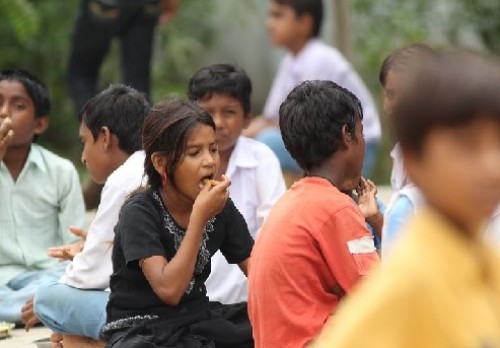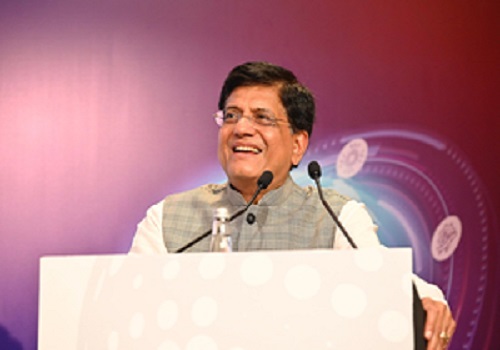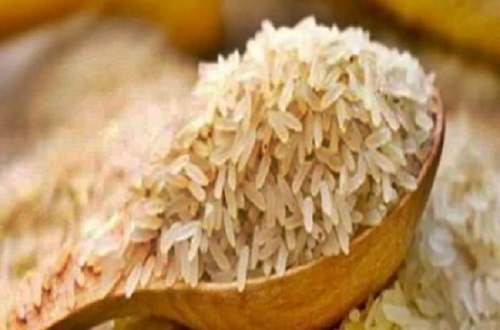Millets can boost growth by 26-39%, reveals study

Follow us Now on Telegram ! Get daily 10 - 12 important updates on Business, Finance and Investment. Join our Telegram Channel
Millets can boost growth in children and adolescents by 26-39 per cent when they replace rice in standard meals, reveals a study.
Researchers examining the nutritional benefits of millets have found that these 'smart foods' can significantly contribute to overcoming malnutrition.
The study was published in the journal 'Nutrients' and is a review and meta-analysis of eight prior published studies. It was undertaken by seven organisations in four countries and was led by Dr S. Anitha, Senior Scientist-Nutrition at the International Crops Research Institute of the Semi-Arid Tropics (ICRISAT).
"These results are attributable to the naturally high nutrient content of millets that exhibit high amounts of growth promoting nutrients, especially total protein, sulphur containing amino acids, and calcium in the case of finger millets," said Dr Anitha.
Infants, preschool and school going children as well as adolescents were part of the review. Five of the studies in the review used finger millet, one used sorghum and two used a mixture of millets (finger, pearl, foxtail, little and kodo millets).
Among the children fed millet-based meals, a relative increase of 28.2 per cent in mean height, 26 per cent in weight, 39 per cent in the mid upper arm circumference and 37 per cent in chest circumference was noted when compared to children on regular rice-based diets. The observed children consumed millets over three months to 4.5 years.
"These findings provide evidence that nutrition intervention programmes can be developed and adapted to increase diversity in meals using millets, and thus to improve the nutritional content, including in school feeding and mother and child programs," said Dr Jacqueline Hughes, Director General, ICRISAT.
Study author Dr Hemalatha, Director at India's National Institute of Nutrition (NIN), said that implementing millet-based meals required menus to be designed for different age groups utilising culturally sensitive and tasty recipes.
"This should also be complemented with awareness and marketing campaigns to generate an understanding and interest in millets," said Dr. Hemalatha.
The studies were all undertaken in India and based on standard rice-based meals. The researchers also studied meals significantly enhanced with more diversity, including vegetables, fruit, dairy and staples, which resulted in minimal additional growth from replacing rice with millets.
This indicates that simply replacing or diversifying rice with millets or major changes in the whole diet with more diversity and nutritious foods can be beneficial for the growth of children.
"Millets are a basket of a wide range of nutrients and this growth study is part of four years of work among numerous organisations around the world who partnered to undertake a series of scientific studies on the major health claims of millets, to test the scientific credibility," noted Professor Ian Givens, a study author and Director, Institute for Food, Nutrition and Health, University of Reading, the UK.
This series of studies that Dr Givens refers to has shown that millets help meet many of the largest nutrition and health needs. They not only help tackle child undernutrition, but also assist in managing type 2 diabetes as well as overcoming iron deficiency anaemia, lowering total cholesterol levels, obesity and the risk of cardiovascular disease.







.jpg)
















